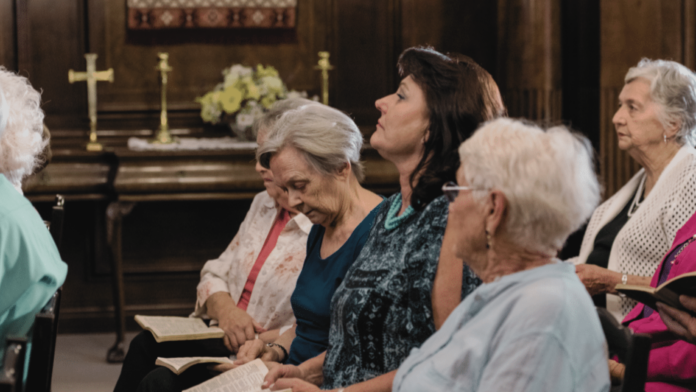I know. I wrote a provocative title for this article. I changed it several times, but I eventually came back to it.
The obvious question is: are the members too old for what? My response is another question, but it could still lack clarity. Are they too old for the church to continue on a path of health?
If you are a senior adult and find yourself disturbed by this conversation, please know that I am one of you. I have been a senior adult for a few years now. I estimate the median age of the attendees of my church is 28. I am 40 years older than the median age!
I am not just old; I am ancient. I will soon be a candidate for display in the museum of antiquity.
Why am I concerned about the ages of church members? Is there any way to determine if your church members are too old for the church to be effective? Let me attempt to answer both questions.
What’s the Big Deal about the Ages of Church Members?
Though this issue is rarely addressed in a public forum, I hear from pastors and other church leaders who express this concern every week. They know that the median age of the church members is much older than it was in the recent past. They express their fears with these ancillary issues:
- If we get to the point where we have no youth or children, our church will not have a future. One pastor told us he was “11 funerals away from closing the doors.”
- Younger church members have a vitality about them that can diminish with age.
- Younger members are best to lead some ministries in the church.
- When a young family visits a church with few younger people in it, they are not likely to return.
Please hear me clearly. While I would not want to be in a church with all senior adults, I do not wish to be in a church with no senior adults either. We older people are typically more faithful attenders, more faithful givers, and often have a bit of wisdom that comes with age.
So When Does the Church Get Too Old?
Though our approach is far from perfect, our team at Church Answers looks at the age metric in our newly created Church Health Scorecard™. It’s a simple process:
- Estimate the median age of the attendees in your church. Remember, “median” is not the same as “average.” The median is the midpoint where half of the population is on either side. For example, a church with a median age of 43 is one where half of the attendees are under 43 years old and half are over 43 years old. Try to count those who attend rather than looking at the membership roll. Don’t forget to count the children and youth, even if they are not present in the worship services.
- Find the median age for your church’s community. You can get that information from the Census Bureau. Our Know Your Community report has great community information, including the age of the residents in your church’s defined community. The median age of the population of the United States is 38 years old.
- Then, compare the median age of your church to the median age of the church’s community. We have a Know Your Community report that covers the community within a 15-minute drive of the church. The community has a median age of 34, and our church has a median age of 28. The variance is thus -6 (minus 6).
Now, you can take the variance you calculated and evaluate it with our “traffic lights.”
- Green Light: +5 and lower. This number means that the median age of the church is no more than five years older than the median age of the community. The green light also includes negative numbers, which means that the church members are younger than the community. A church with these numbers will relate well to the community, even if it is significantly younger.
- Yellow Light: +6 to +12. A church with members 6 to 12 years older than the community might be losing its youthful vitality. While the church is not in an “age” crisis, the congregation could be drifting away from attracting younger families.
- Red Light, +13 and Higher. The church is at least a half-generation older than the community. As the number grows, the congregation will be in an age crisis. The younger community may not view the church as relevant if they know about the church at all.
While these numbers have limitations, they might be helpful for you and church leaders to consider.
Is your church at the green light, yellow light, or red light?
Let me hear from you in the comments.







